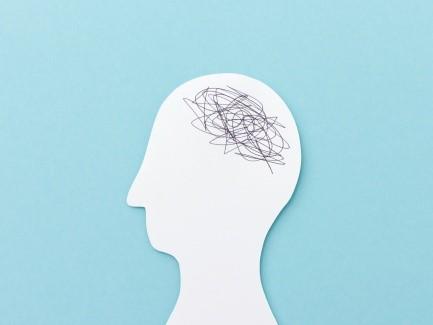Phobias
Peer reviewed by Dr Colin Tidy, MRCGPLast updated by Dr Hayley Willacy, FRCGP Last updated 18 Feb 2025
Meets Patient’s editorial guidelines
- DownloadDownload
- Share
- Language
- Discussion
A phobia is strong fear or dread of a thing or event, which is out of proportion to the reality of the situation. The most effective treatment is cognitive behavioural therapy. Antidepressant medication also helps in many cases.
In this article:
Continue reading below
Phobia symptoms
Anxiety or distress. If you come near to, or into contact with, the feared situation you become anxious or distressed. In addition you may also have one or more unpleasant physical symptoms. Read more about anxiety symptoms.
Physical symptoms. The physical symptoms are partly caused by the brain which sends lots of messages down nerves to various parts of the body when you are anxious. For example, the palms of your hands may become sweaty.
Adrenaline exposure. In addition, you release stress hormones - such as adrenaline (epinephrine) - into the bloodstream when you are anxious. These can also act on the heart (make it beat fast), muscles and other parts of the body to cause symptoms.
Thought of a trigger can cause symptoms. You may even become anxious by just thinking of the feared situation. You end up avoiding the feared situation as much as possible, which can restrict your life and cause distress.
Types of phobia
Social anxiety disorder. This is also known as social phobia and it is possibly the most common phobia. See the separate leaflet called Social anxiety disorder for more details.
Agoraphobia. This too is common. Many people think that agoraphobia means a fear of public places and open spaces. But this is just part of it. If you have agoraphobia you tend to have a number of fears of various places and situations. See the separate leaflet called Agoraphobia for more details.
Other specific phobias. There are many other phobias of a specific thing or situation - for example:
Fear of confined spaces or of being trapped (claustrophobia).
Fear of certain creatures, for example, spiders (arachnophobia).
Fear of injections or needles (trypanophobia).
Fear of vomiting (emetophobia).
Fear of being alone (monophobia).
Fear of choking (pseudodysphagia).
Fear of the dentist (dentophobia).
Fear of flying (aerophobia).
Fear of holes (trypophobia).
Fear of the ocean (thalassophobia).
However, there are many others, and some are quite rare.
Continue reading below
Phobia treatment
Cognitive and behavioural therapies.
These therapies help you to change certain ways that you think, feel and behave.
They are useful treatments for various mental health problems, including phobias.
CBT usually works well to treat most phobias but does not suit everyone. However, it may not be available on the NHS in all parts of the UK. See the separate leaflet called Cognitive behavioural therapy (CBT) for more details.
Antidepressant medicines
Antidepressants are commonly used to treat depression.
However, they also help to reduce the symptoms of phobias (particularly agoraphobia and social phobia), even if you are not depressed.
There are different types of antidepressant. Selective serotonin reuptake inhibitor (SSRI) antidepressants are the ones most commonly used for anxiety and phobic disorders.
Benzodiazepines. Benzodiazepines such as diazepam are sometimes called minor tranquilisers but they can have serious side-effects.
Patient picks for Anxiety

Mental health
Agoraphobia
Agoraphobia is an intense fear of being in places or situations where you feel escape might be difficult or help might not be available. So you tend to avoid these situations and may not even venture out from home. It can greatly affect your life. Treatment can work well in many cases. Treatment options include cognitive behavioural therapy (CBT) and medication, usually with a selective serotonin reuptake inhibitor (SSRI) antidepressant.
by Dr Colin Tidy, MRCGP

Mental health
Anxiety
Most people feel anxious from time to time. However, anxiety can become abnormal if it interferes with your day-to-day activities. Anxiety is a symptom of various anxiety disorders. They can often be treated. Treatments include various talking treatments and medication.
by Dr Colin Tidy, MRCGP
Further reading and references
- Social anxiety disorder: recognition assessment and treatment; NICE Clinical Guideline (May 2013)
- Samra CK, Torrico TJ, Abdijadid S; Specific Phobia.
- Vadakkan C, Siddiqui W; Claustrophobia.
Article history
The information on this page is written and peer reviewed by qualified clinicians.
Next review due: 17 Feb 2028
18 Feb 2025 | Latest version

Ask, share, connect.
Browse discussions, ask questions, and share experiences across hundreds of health topics.

Feeling unwell?
Assess your symptoms online for free
Sign up to the Patient newsletter
Your weekly dose of clear, trustworthy health advice - written to help you feel informed, confident and in control.
By subscribing you accept our Privacy Policy. You can unsubscribe at any time. We never sell your data.